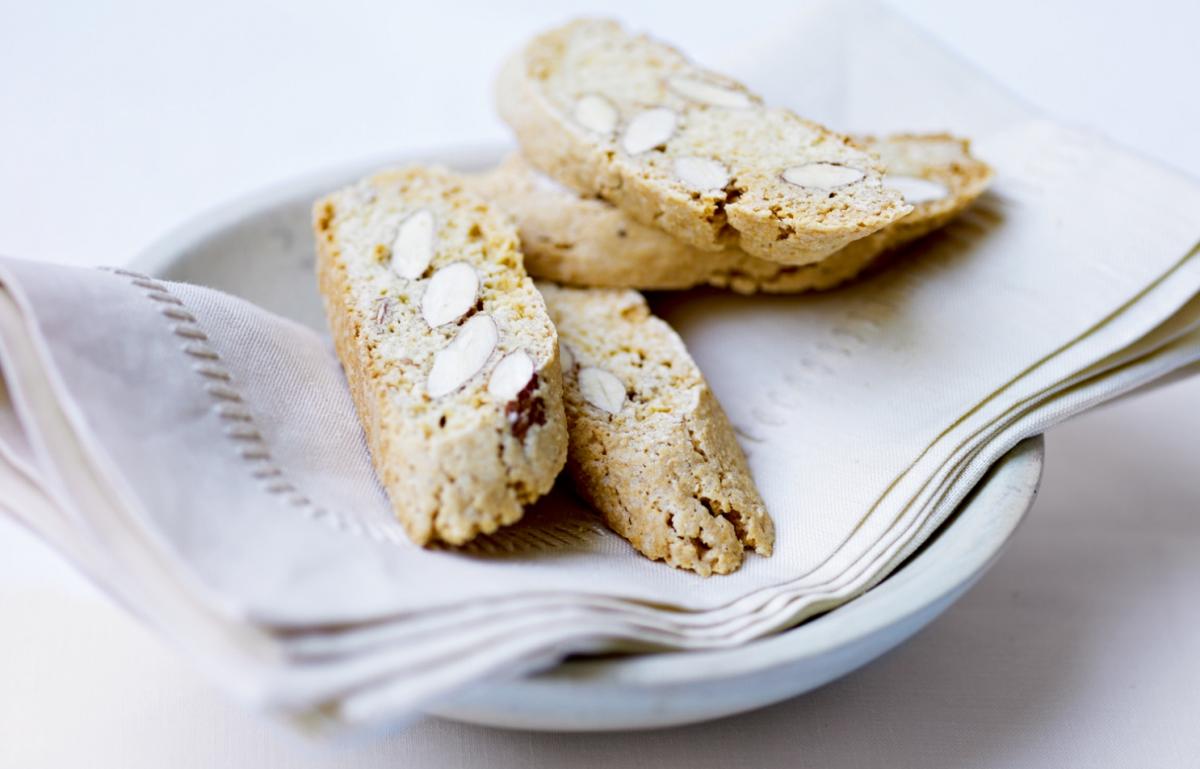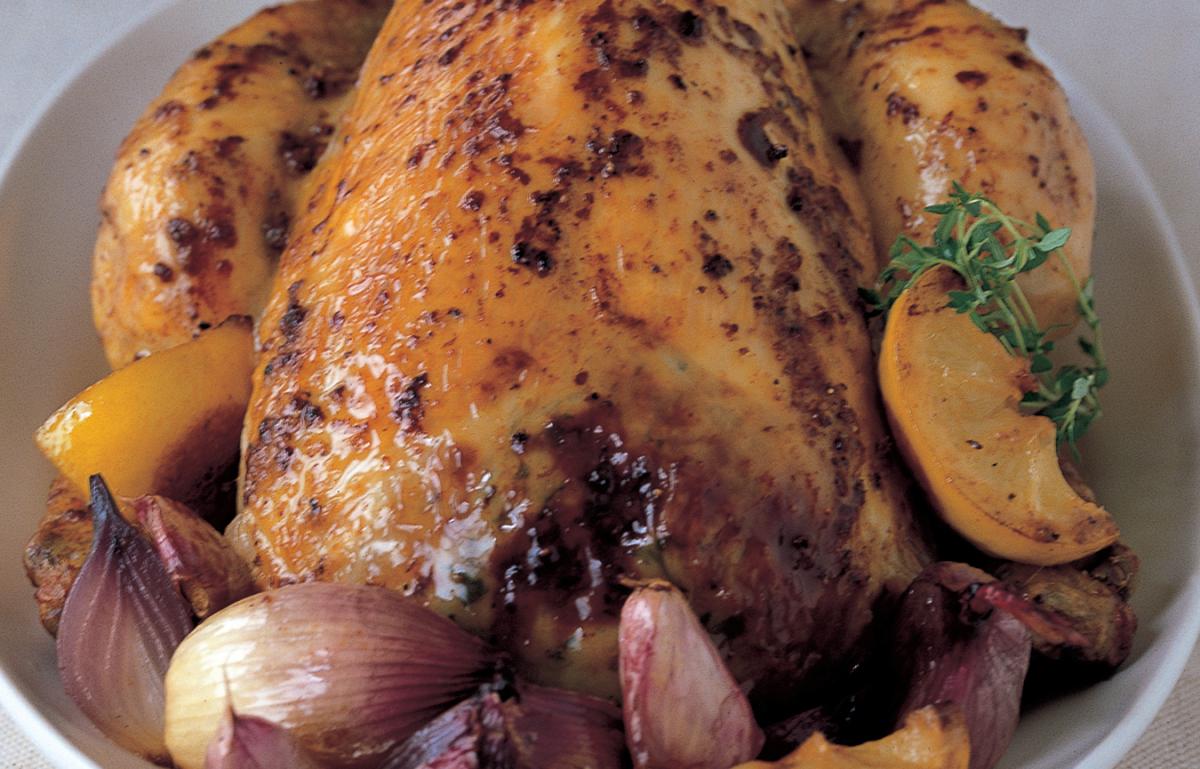


Every kitchen needs a good set of knives. The best for home cooking are light to hold, with flexible blades (the flexibility makes sharpening easier).
PALETTE KNIVES
The serrated palette knife is beautifully versatile. It cuts bread and cakes. spreads icing and cream, loosens sticky edges around tins, and slides under and lifts biscuits from baking trays. It is also useful to have a smaller palette knife for spreading over and sliding around smaller dishes, such as ramekins.
COOK'S KNIVES
A long, 7 inch (18 cm) cook's knife is essential for chopping herbs and slicing and cutting up meat and vegetables. I would also choose two smaller cook's knives with serrated edges and in different sizes, plus a rounded-end serrated knife, which is excellent for slicing tomatoes swiftly and easily.
CURVED PARING KNIVES
I like my curved paring knife for paring and peeling thicker skins, when a potato peeler won't do the job.
CARE OF KNIVES
If possible, store your knives in a wooden block or on a magnetic rack, so they're not crashing around in drawers against other implements, which can damage the blades. Never chop on a laminated surface, marble or any other hard surface, as this can damage and blunt blades. Use wooden or polypropylene chopping boards, as these have a certain amount of 'give' that will ensure the blades don't get damaged.
KITCHEN SCISSORS
You've got to have them – they have so many uses, from snipping chives to cutting air vents in pies, and from cutting string on puddings to scaling fish. A good tightly riveted pair, kept strictly for kitchen use, will come in handy more often than you might imagine. My great-grandmother's were called bacon scissors, but sadly, it's hard to find any bacon with rind nowadays.
SHARPENING STEEL
A lot of people imagine that they can't carve very well, but the truth is probably that the knife they are using simply isn't sharp enough. It's important to keep your knives sharp, and practice makes perfect when using a sharpening steel. When sharpening, 'little and often' was the best advice I was given by a butcher – and I have also found the following advice good for anyone who wants to learn. Watch our Cookery School video Sharpening a Knife and Chopping Onions to learn how. Hold the steel horizontally in front of you and the knife vertically then slide the blade of the knife down, allowing the tip to touch the steel, first on one side of the steel and then on the other and remember always to sharpen the whole length of the blade, not just one section. If you really can't manage a sharpening steel, there are knife-sharpening gadgets available: they just tend to wear out knives rather more quickly, that's all.
STOCKIST:
Victorinox (although sadly they no longer produce my treasured large wooden handle serrated palette knife which I have used for many years)
victorinox.com
Follow us Like us on Facebook Follow us on twitter Follow us on instagram Follow us on pinterest Follow us on youtube
© 2001-2024 All Rights Reserved Delia Online